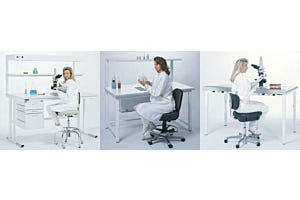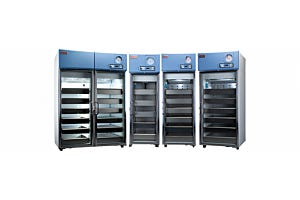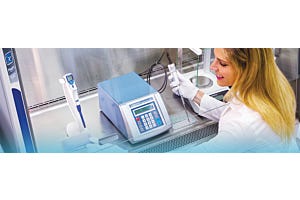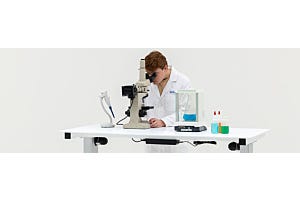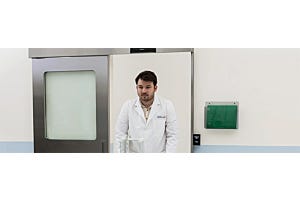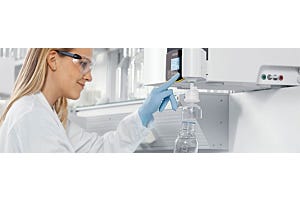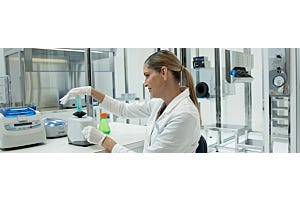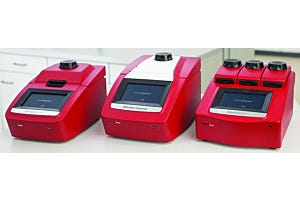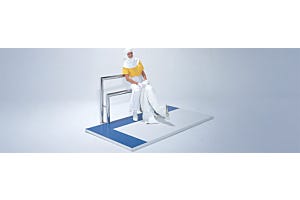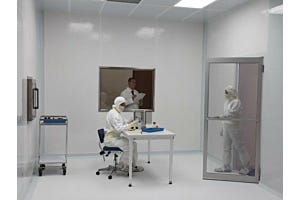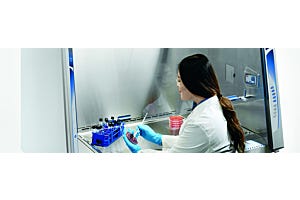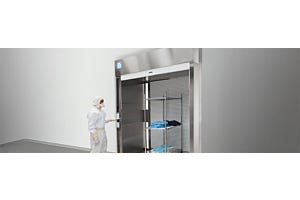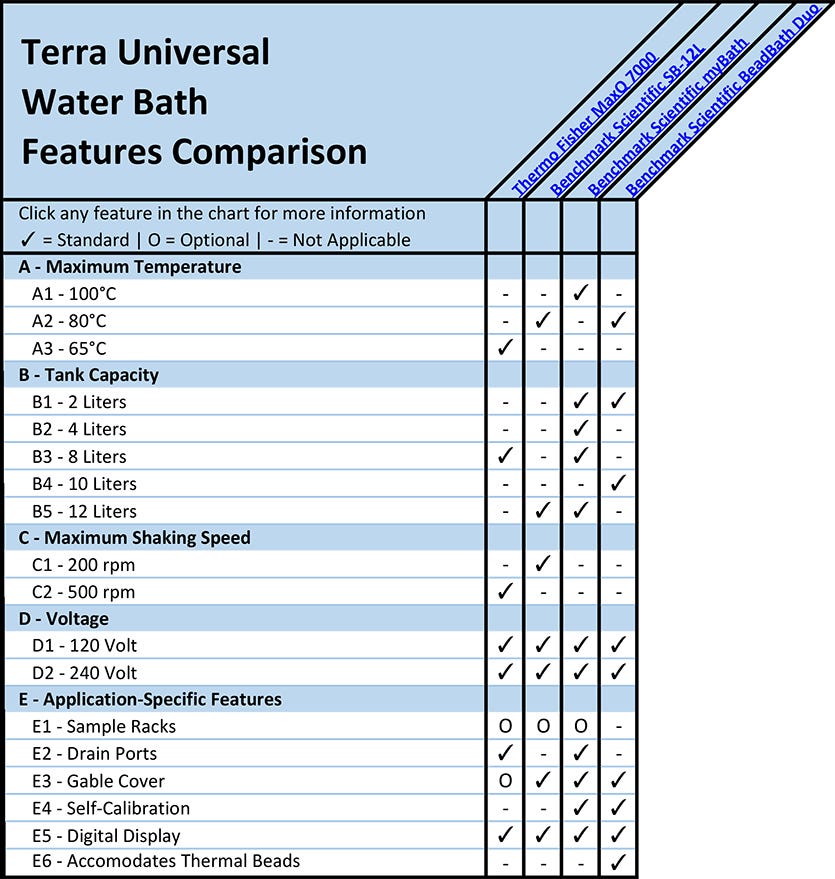
What is a Wet Bath and What is It Used For?
Water baths, or wet baths, consist of a stainless steel basin filled with heated water and equipped with a digital controller. Water baths are used for sample thawing, reagent warming, substrate melting, coliform determinations, and bacteriological assays by clinical labs, academic research facilities, environmental testing laboratories, and food product quality control testers.
Water Bath Laboratory Uses and Applications
Water baths are manufactured in four principal designs: static baths for reagent warming, shaking baths for cell culture and hybridization, stirring baths for substrate melting, and circulating baths for enzymatic assays.
What's the Difference Between a Wet Bath and Dry Bath?
Water baths (wet baths) offer several advantages over dry baths with block heaters. Water baths accommodate any appropriately-sized sample container, including troughs, buckets, and high-capacity culture tubes. Unlike dry baths with fixed block inserts, wet baths provide the flexibility to store different-sized tubes concurrently. As water baths provide a larger surface area than dry blocks, samples are heated in a shorter duration of time. Since water baths store more heat than dry baths, temperature fluctuations are reduced. Wet baths, however, are more prone to water-borne contamination, so the basin must be disinfected regularly to prevent bacterial growth.
A - Water Bath Maximum Temperature
(back to chart)
Standard water baths maintain temperatures from 5°C above ambient to 100°C. Without external heating equipment, water baths cannot attain temperatures above 100°C. As water is an excellent conductor of heat, wet baths preserve a high degree of temperature uniformity throughout the basin (with tolerances down to 0.2°C). Digital LED controllers provide real-time readouts of bath conditions and trigger audible alarms when temperatures exceed user-selected set points.
Browse Water Baths by Temperature Rating
B - Laboratory Water Bath Tank Capacity
(back to chart)
The tank capacity is the volume of water, or thermal beads, safely held within the water bath’s steel basin. Low-throughput baths hold 2 liters of fluid while high-throughput baths hold up to 12 liters of fluid. Certain models offer included or optional sample racks or tube blocks to maximize the storage capacity of the bath.
Compare Water Baths by Tank Volume
C - Maximum Water Bath Shaking Speed
(back to chart)
Shaking water baths are optimal for cell culture, hybridizations assays and environmental sample testing. The water bath shakes the basin in an orbital motion to promote mixing of bacterial samples, cell media or reagents during thawing or warming procedures. Low-speed baths maintain shaking speeds of 200 rpm for samples diluted in PH-neutral buffer or DI water. High-speed baths maintain shaking speeds of 500 rpm for viscous reagents or cell growth media.
Compare: SB-12L Shaking Water Baths
D - Voltage
(back to chart)
D1 – 120V Water Baths
120-volt connections are suitable for standard residential power outlets in the US.
D2 – 240V Water Baths
240-volt connections require less current (amperage) and smaller conductors than appliances designed to operate at 120V.
E - Application-Specific Water Bath Features
(back to chart)
E1 - Water Bath Sample Racks
Certain models offer included or optional sample racks configured to maximize storage of 2.0 ml flip-cap tubes, 15 ml centrifuge tubes, or 50 ml culture tubes.
E2 - Water Baths with Drain Ports
Drain ports support easy cleaning of the basin, simplify fluid refills, and protect the work area from water spills. For baths located away from sinks or liquid waste containers, optional tubing connects to the drain port for easy fluid disposal.
E3 - Water Baths with Gable Cover
Clear gable covers protect samples from outside contaminants, accommodate glassware and tubes of varying sizes, simplify sample loading, prevent condensation build-up and inhibit heat escape.
E4 - Water Baths with Self-Calibration
Benchmark’s myBath and BeadBath Duo include Quick-CAL programming to define user-selected or automatic temperature calibration. Monthly or quarterly temperature calibrations ensure that the bath is performing according to specification.
E5 - Water Baths with Digital Display
Digital controllers include real-time LED readouts of bath conditions, audible alarms if the temperature exceeds the user-defined set point range, and over-temperature controls to protect samples from overheating. Certain digital controllers allow users to define and save programs for quick recall.
E6 - Thermal Beads for Wet Baths
Thermal beads are dry metal beads used in non-shaking, static wet baths as an alternative to water. As compared with water or bath fluid, thermal beads are more resistant to bacterial growth, but less effective in achieving temperature uniformity. For samples prone to cross contamination, thermal beads are often used instead of water.
Where Can I Buy Laboratory Water Baths Online?
Laboratory-Equipment.com is a speciality division of Terra Universal. For nearly 40 years, Terra Universal has served semiconductor, aerospace, life science, pharmaceutical, biotechnology, and medical device markets. Customers appreciate a worldwide network of reps, factory-direct support, and ready-to-ship items available from Terra's manufacturing and warehouse facilities in Fullerton, California.
Shop online to compare pricing, features, and selection for a wide variety of water baths, chillers, hot plates, and stirrer equipment for applications including reagent incubation, cell culture, media prep and sample heating.




